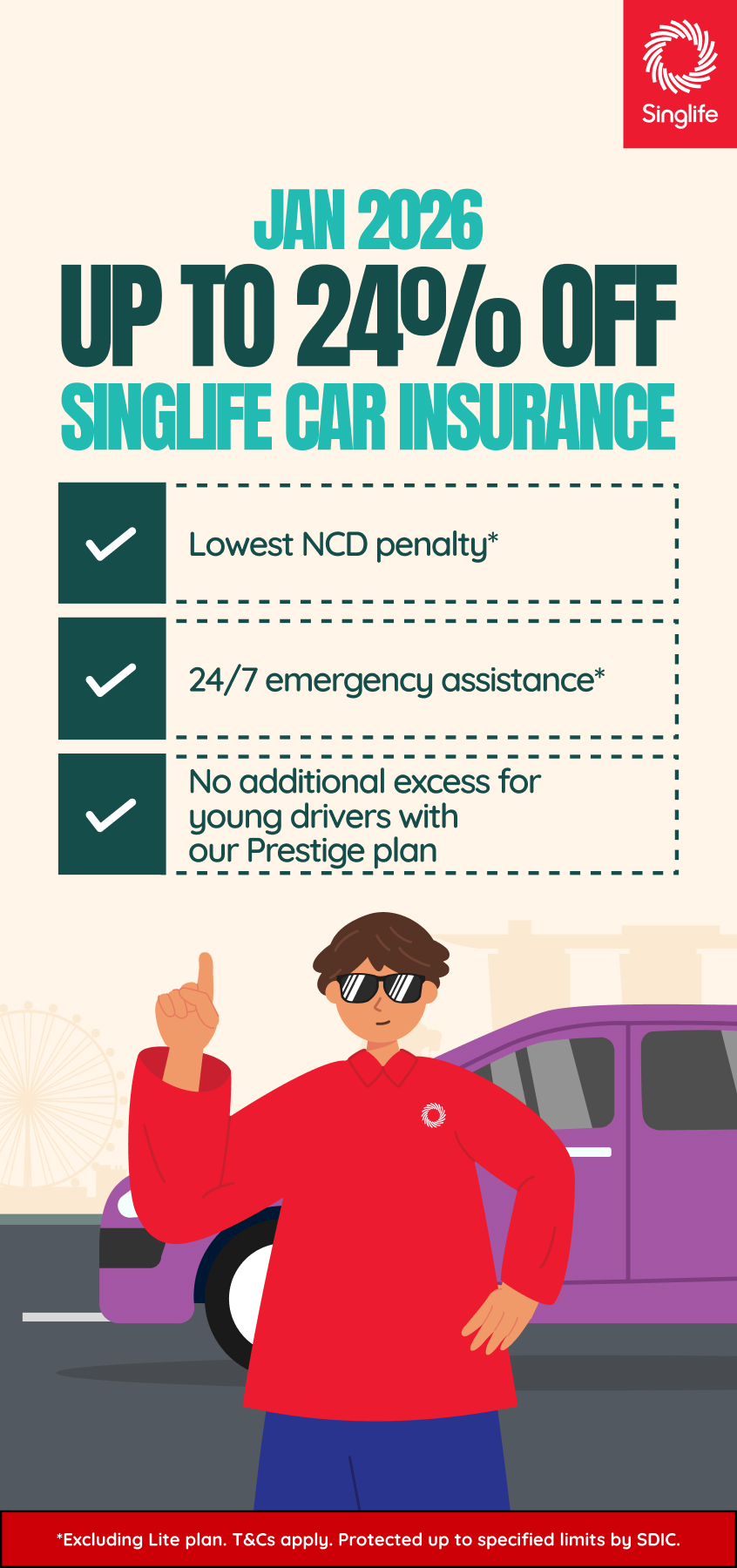A No-Claim Discount is awarded annually by your insurer if you have not made any claim on your existing car insurance policy.
This is your insurer's way of recognising you for having been a careful driver.
While this is generally common information to most people, there may still be some details that are not as well known.
We've laid out the most important ones here for you.
1. How your No-Claim Discount works
The discounted percentage corresponds to the number of years the car owner has not made any claims from the insurance company.
So as long as you don't make any claims in the first year of driving, you will earn your first 10% off your next renewal premium.
The following year it increases to 20% – and so on until it reaches a cap of 50%.
2. NCD applies to you, not your vehicle
Your No-Claim Discount is earned on a "per car" basis. So if you have 50% NCD on Car A and then buy an additional car, you'll have 0% NCD on that second vehicle.
Another scenario: you have 50% NCD on Car A and sell it to buy Car B. You'll still keep that 50% NCD on the new car.
3. The percentage reduction for your NCD depends on your insurer
The market practice is to impose a 30% reduction for each and every "at fault" claim.
Singlife makes only a 10% reduction for the same*. When your NCD is reduced, you will end up paying a higher premium than the previous year.
*Excluding the Motor Lite Plan.
4. Making a claim does not mean you automatically lose your NCD
If your insurer confirms that you're not at fault, you will not lose your NCD. But if you're at fault, your NCD may be reduced for every claim made.
5. You can protect your NCD
There are two ways to do it:
- You can pay back the claim amount that your insurer has paid on your behalf.
- You can buy an NCD protector so that your NCD can be protected for one claim. If you make more than one claim, your NCD will then be reduced according to each insurer's rate.
In general, about 1 in 3 Singlife car insurance customers get an NCD protector.
6. What happens if you don’t have an NCD protector?
You lose your NCD. As mentioned, most insurers will impose a 30% reduction on your NCD for each and every claim.
Earning back this 30% on your NCD will require a 3-year claims-free period.
Now that you know how an NCD works, you might want to consider protecting yours when you renew your car insurance or by adding it on as a rider.





